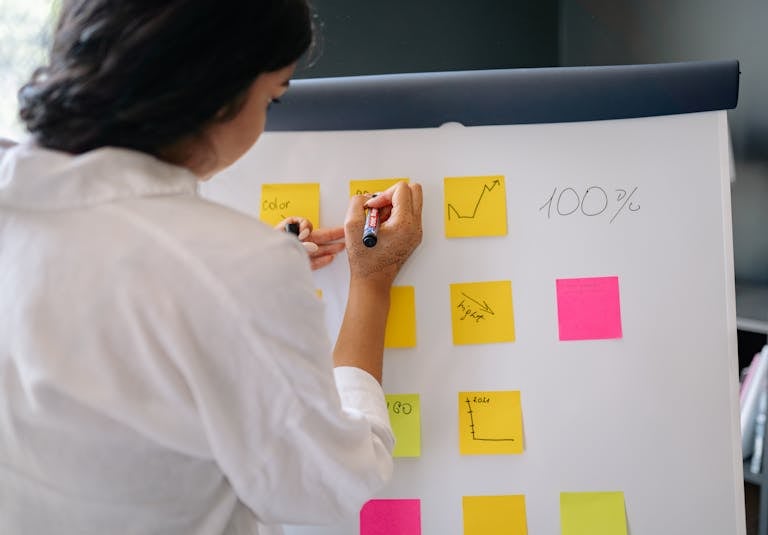In a world obsessed with doing more, minimalist productivity offers a refreshing alternative: do less, better.
If your to-do list never ends, your calendar is bursting, and you’re constantly chasing the next task, this approach could be your game changer.
Minimalist productivity isn’t about slacking off or doing the bare minimum. It’s about intentional focus—clearing the clutter (mental and physical) to maximize what truly matters.

1. What Is Minimalist Productivity?
At its core, minimalist productivity is the art of prioritization. It encourages:
- Fewer tasks, more impact
- Quality over quantity
- Strategic work, not busywork
- Purposeful pauses and deep work
It challenges the hustle culture by asking: What’s truly necessary?
2. Why More Isn’t Always Better
Busyness can be deceptive. Just because you’re moving doesn’t mean you’re progressing.
Overcommitting drains energy, splits focus, and leads to diminishing returns. Minimalist productivity helps you do fewer things exceptionally well instead of doing everything mediocrely.
3. The Power of the One Thing
Inspired by the book The One Thing by Gary Keller, minimalist productivity often revolves around this question:
“What’s the ONE most important task I can do today that will make everything else easier or unnecessary?”
This single-focus mindset increases clarity and momentum.
4. Declutter Your Schedule
Start by auditing your commitments. Ask:
- What meetings can I cancel or delegate?
- What tasks bring little return?
- Which routines are outdated or just habits?
Say no more often. Protect your time like it’s money—because it is.
5. Use the Rule of Three
Instead of managing a long list of daily tasks, stick to just three priorities per day:
- One major task (deep work)
- One medium task (supportive)
- One minor task (admin or maintenance)
This method builds discipline and delivers results without burnout.
6. Batch and Block Your Time
Minimalists batch similar tasks (like emails or meetings) and schedule distraction-free focus blocks.
Try:
- 90-minute deep work sessions
- Pomodoro (25/5 minute work cycles)
- Morning routines with no phone for the first hour
These habits compound into real productivity over time.
7. Embrace Digital and Physical Simplicity
A cluttered workspace or desktop equals a cluttered mind.
Declutter by:
- Removing unused apps, tabs, and icons
- Keeping only essential tools and documents visible
- Organizing digital files weekly
- Using minimalist productivity tools like Notion, Trello, or Todoist
Clean environments boost mental sharpness.
8. Measure Impact, Not Activity
Minimalist productivity shifts your focus from how much you do to what results you create.
Review weekly:
- What did I complete that moved me forward?
- What could I have skipped entirely?
- Did I spend more time reacting or creating?
This reflection sharpens your ability to eliminate the nonessential.
Q: Is minimalist productivity suitable for high-pressure jobs?
A: Yes, especially in high-pressure environments, cutting out nonessential work can lead to clearer decision-making and better performance.
Q: What tools can help me apply minimalist productivity?
A: Simple tools like Notion, a physical planner, or even a whiteboard are great. The focus is on clarity, not complexity.
Try applying minimalist productivity for just one week. Cut your task list in half and focus only on what brings results. You’ll be amazed how much more you accomplish by doing less.

I’m EKBAL HOSSAIN MONDAL, the creator of SmartSolveTips.com — a blog dedicated to helping people improve productivity, avoid digital burnout, and live better online. With years of hands-on experience in self-development and digital wellness, I write practical tips and tools to help you stay focused and thrive in a fast-paced digital world.






